As people get older, the visible signs of aging rapidly increase due to certain factors including facial expressions such as laughing and scowling, and harmful effects of the sun. These signs of aging become clearly noticeable in the forms of wrinkles and lines on the face and on the skin of other parts of the body. As the skin starts to crumple down, it begins to lose its smoothness and young appearance. If you’re seeking an effective method to revitalize your skin without having to go through a surgical procedure, then Restylane is one of the ideal options for you.
Restylane is a synthetic sugar compound created to mimic a connective tissue component that occurs naturally. It was approved for use in 2003 and has been known in the cosmetic world as a dermal filler. Restylane is fast becoming one of the most popular types of dermal filler. This synthetic sugar compound uses the body’s own moisture for retaining moisture, which corrects wrinkles and adds fullness to the skin by adding water volume to it. What makes Restylane different from collagen treatment is that it’s not made from animal fat and its results can last longer.
Restylane corrects deep folds on the cheeks to bring more volume to the face and to provide a fuller shape. For lip augmentation, it’s injected into the upper and lower lips. This beauty treatment typically doesn’t require administration of anesthesia, but when used for lip augmentation, the practitioner administers a local anesthesia. Aside from the face, Restylane can also be administered on skin of other body parts that needs treatment.
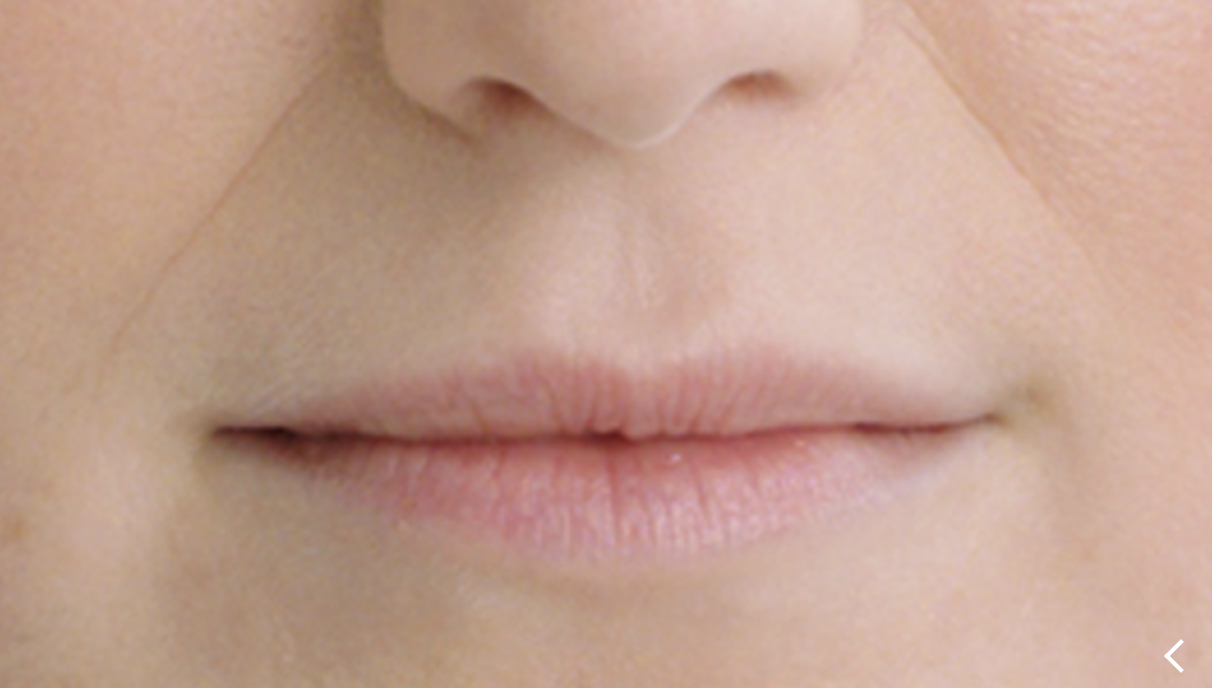
Before Restylane Defyne treatment. * photo credit: restylaneusa.com
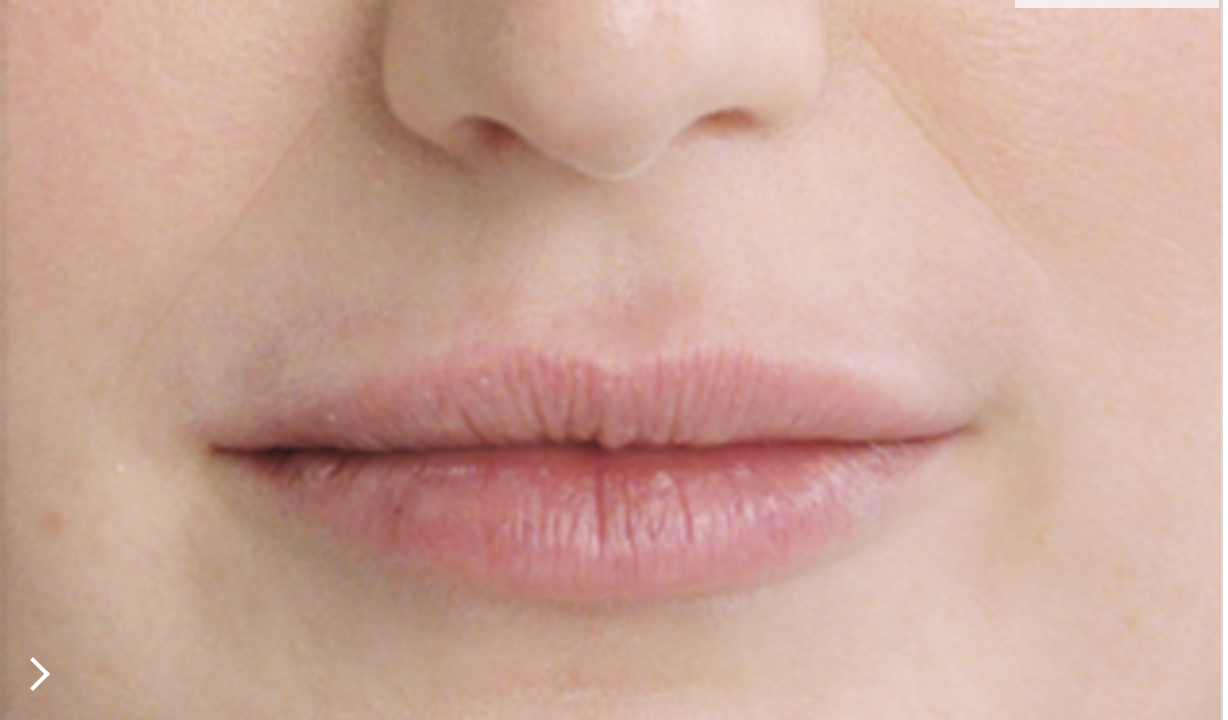
3 mL of Restylane Defyne in the chin. * photo credit: restylaneusa.com
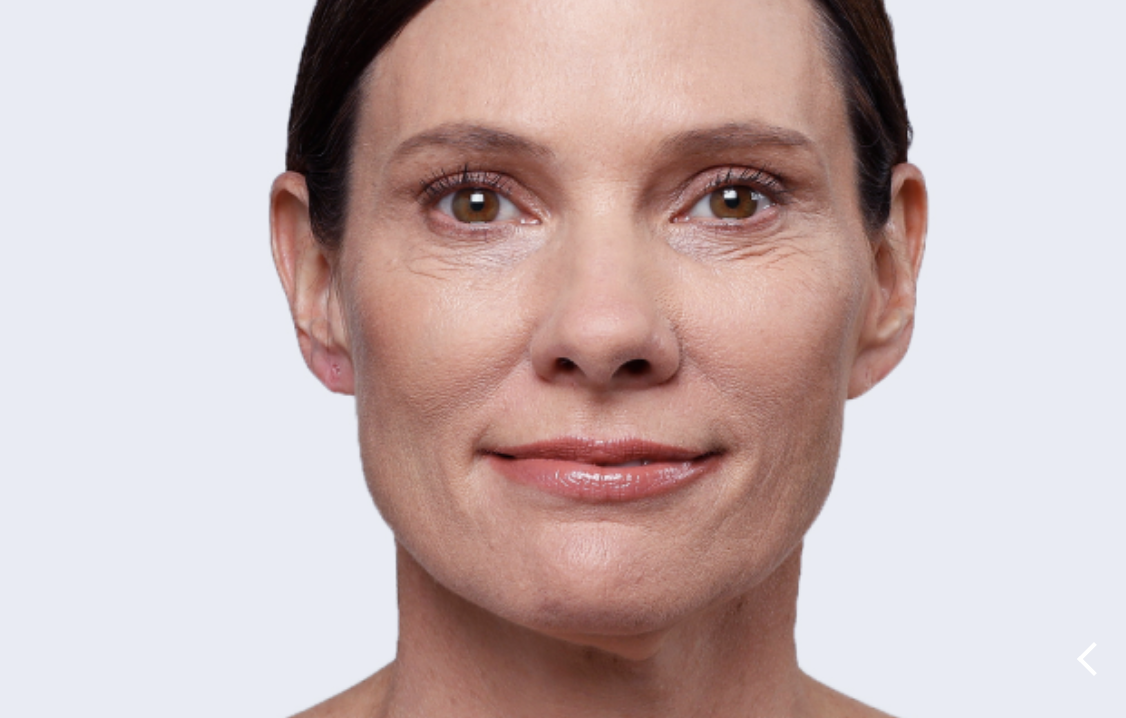
Before Restylane® Lyft treatment. Photo credit: restylane.com
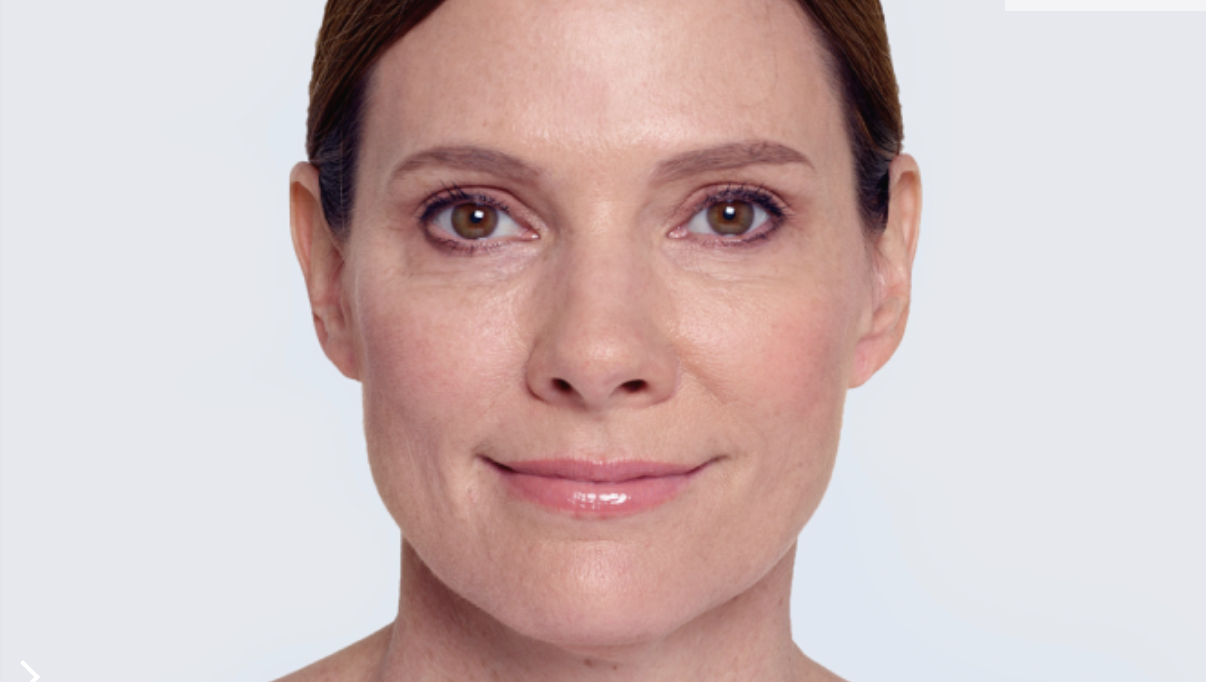
1.5 mL Restylane® Lyft in each cheek, and 1.5 mL Restylane® Lyft in each nasolabial fold. Photo credit: restylane.com
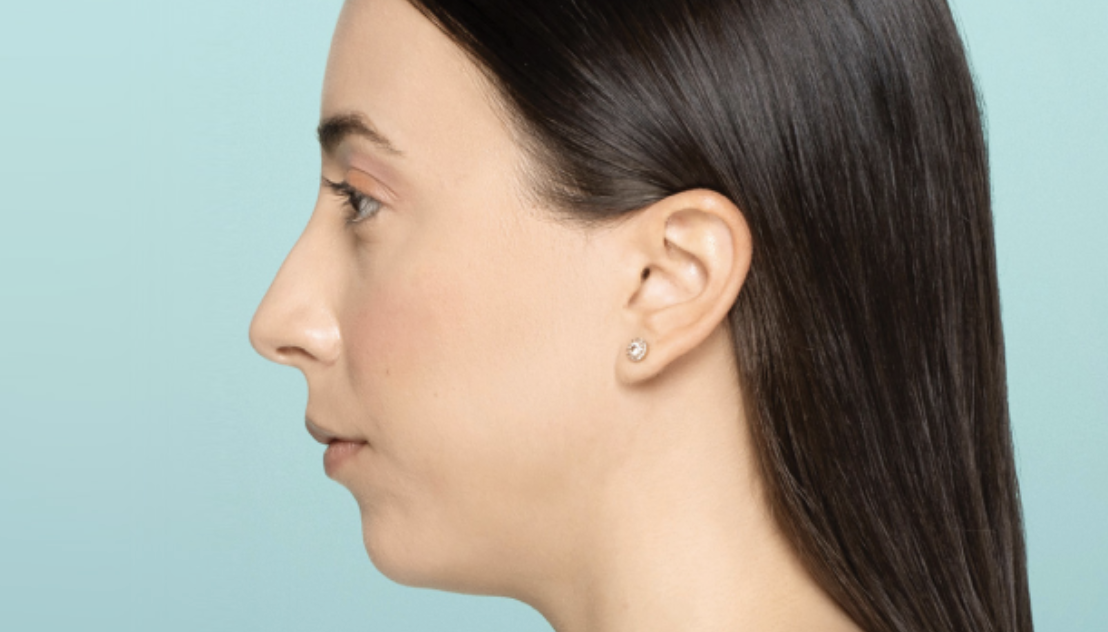
Before Restylane Defyne treatment. * photo credit: restylaneusa.com
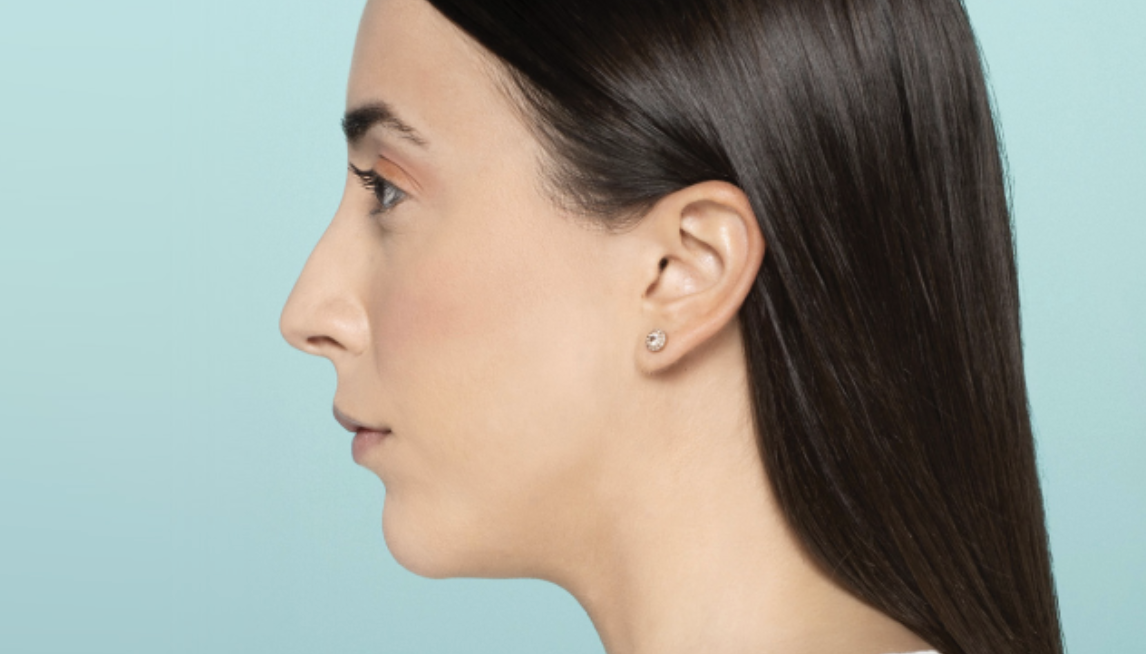
3 mL of Restylane Defyne in the chin. * photo credit: restylaneusa.com
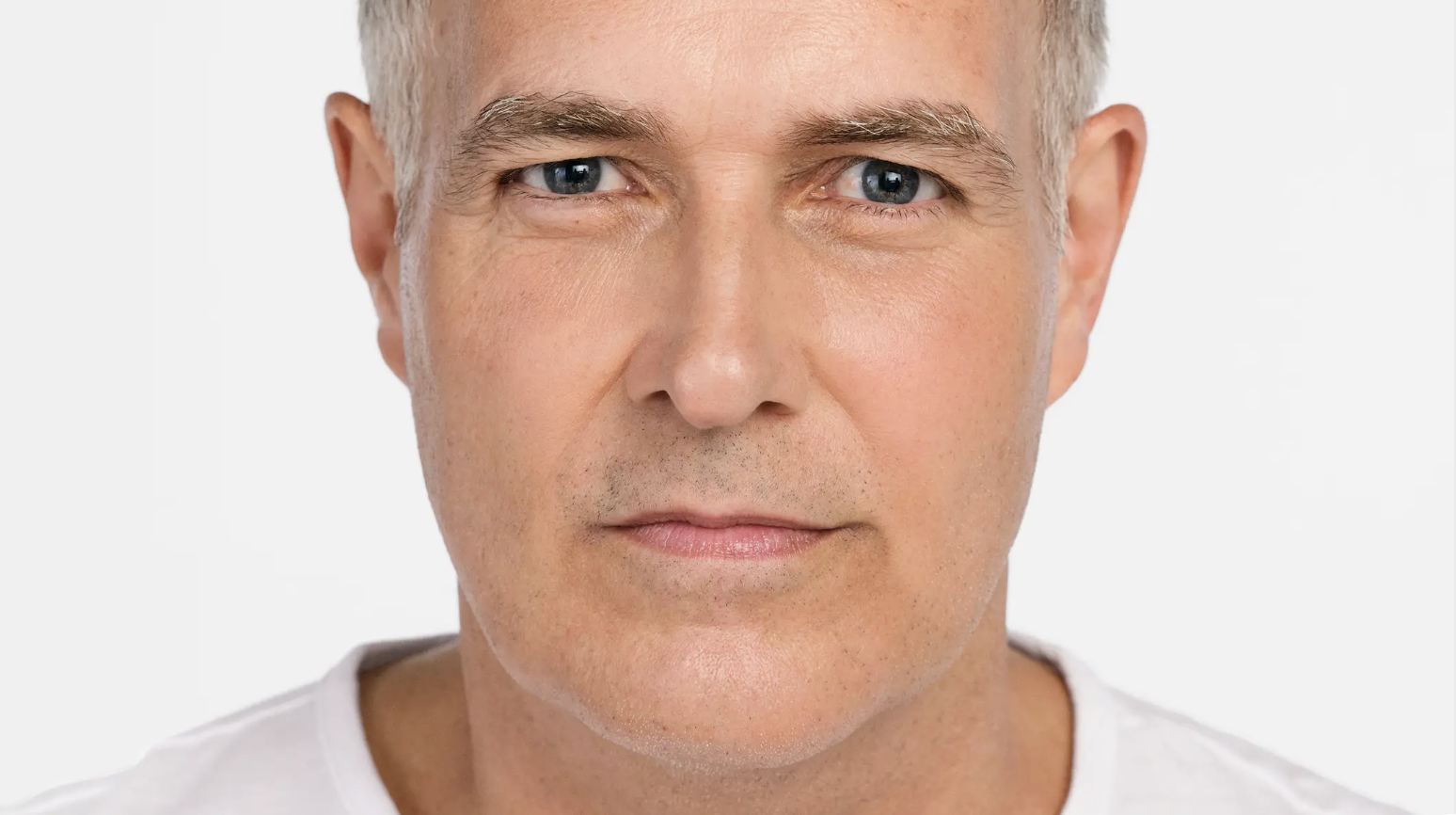
Before Radiesse treatment. Photo credit: www.merzaesthetics.ca/
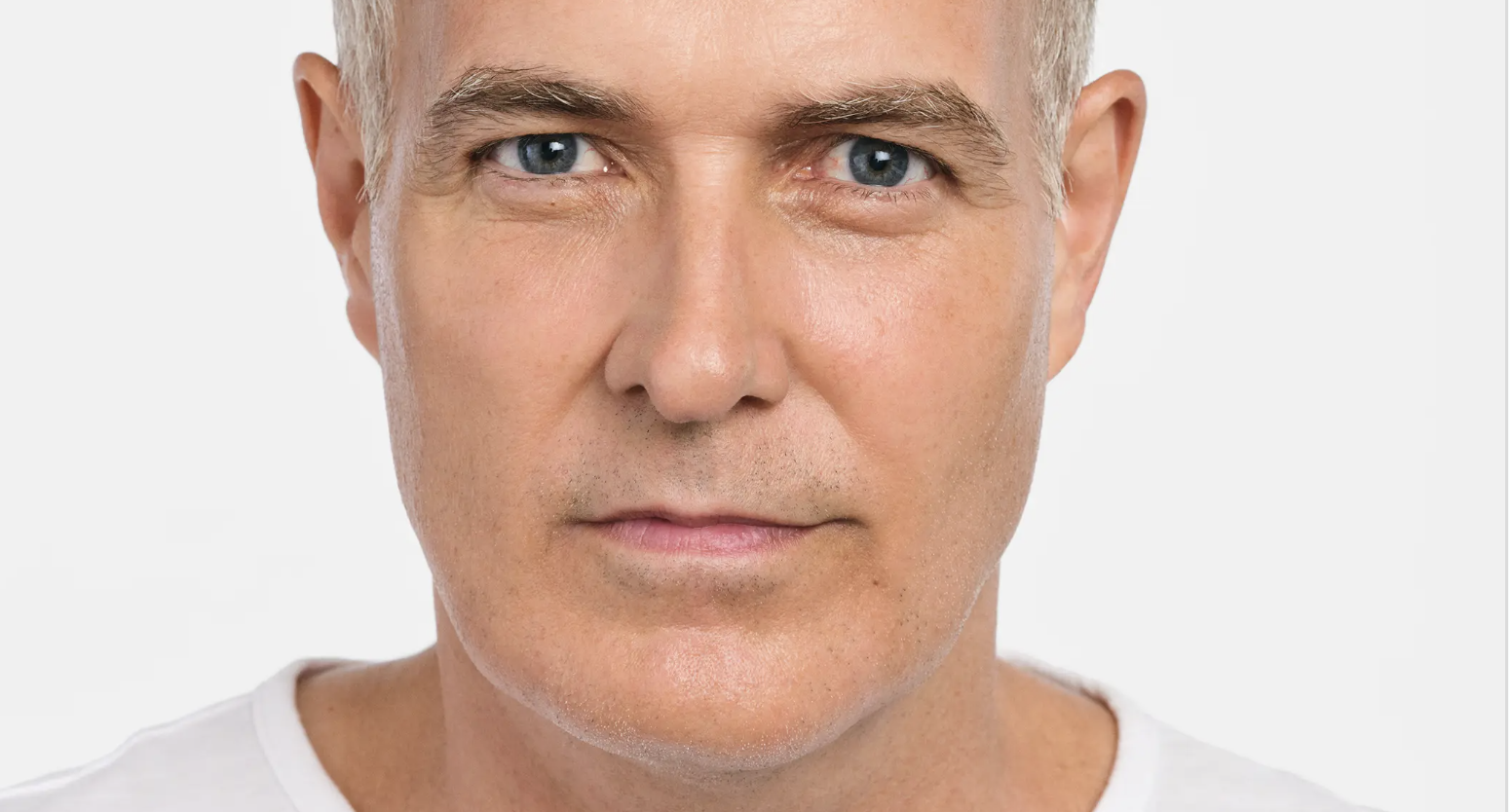
3.5 cc of Radiesse to lower face to treat the jawline. Photo credit: www.merzaesthetics.ca/
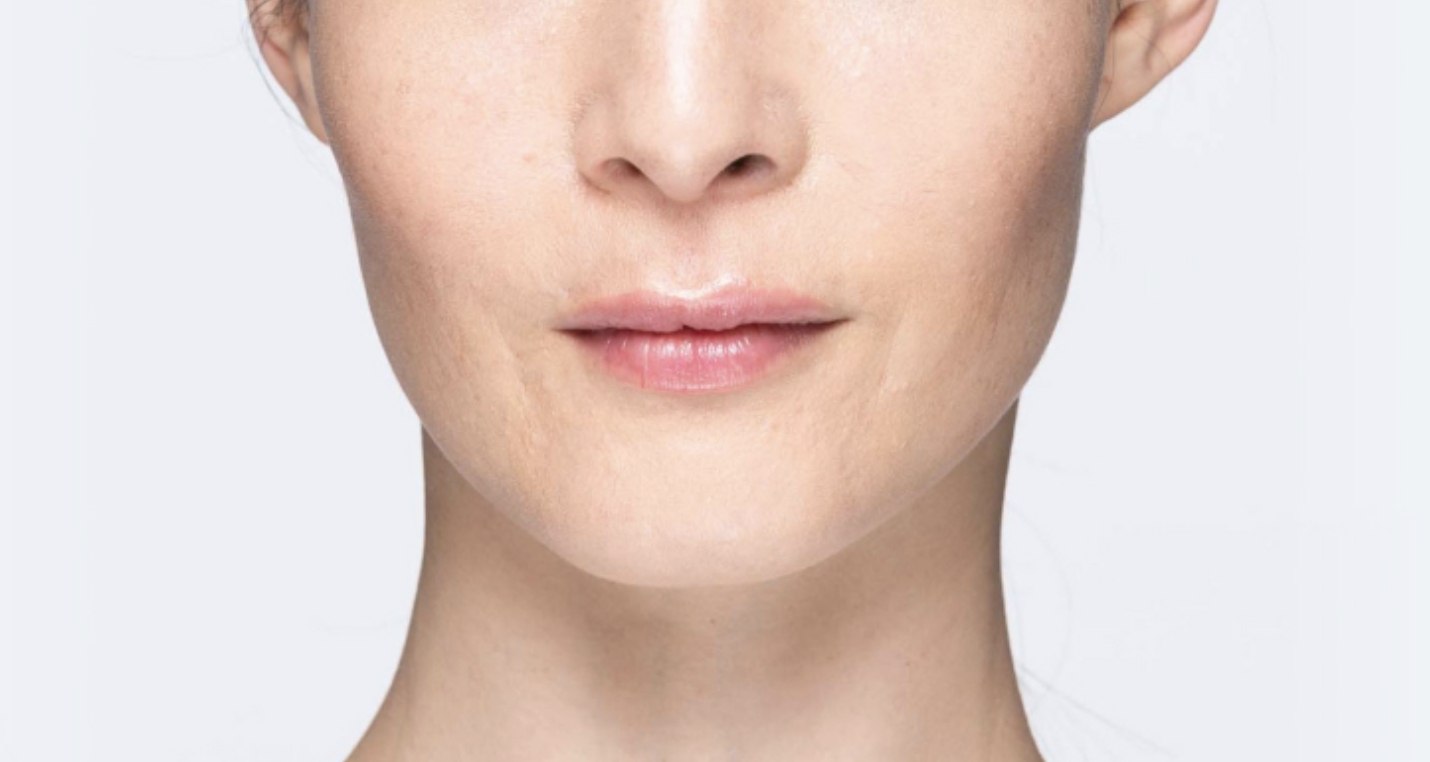
Before Revanasse treatment. Photo credit: revanesse.com
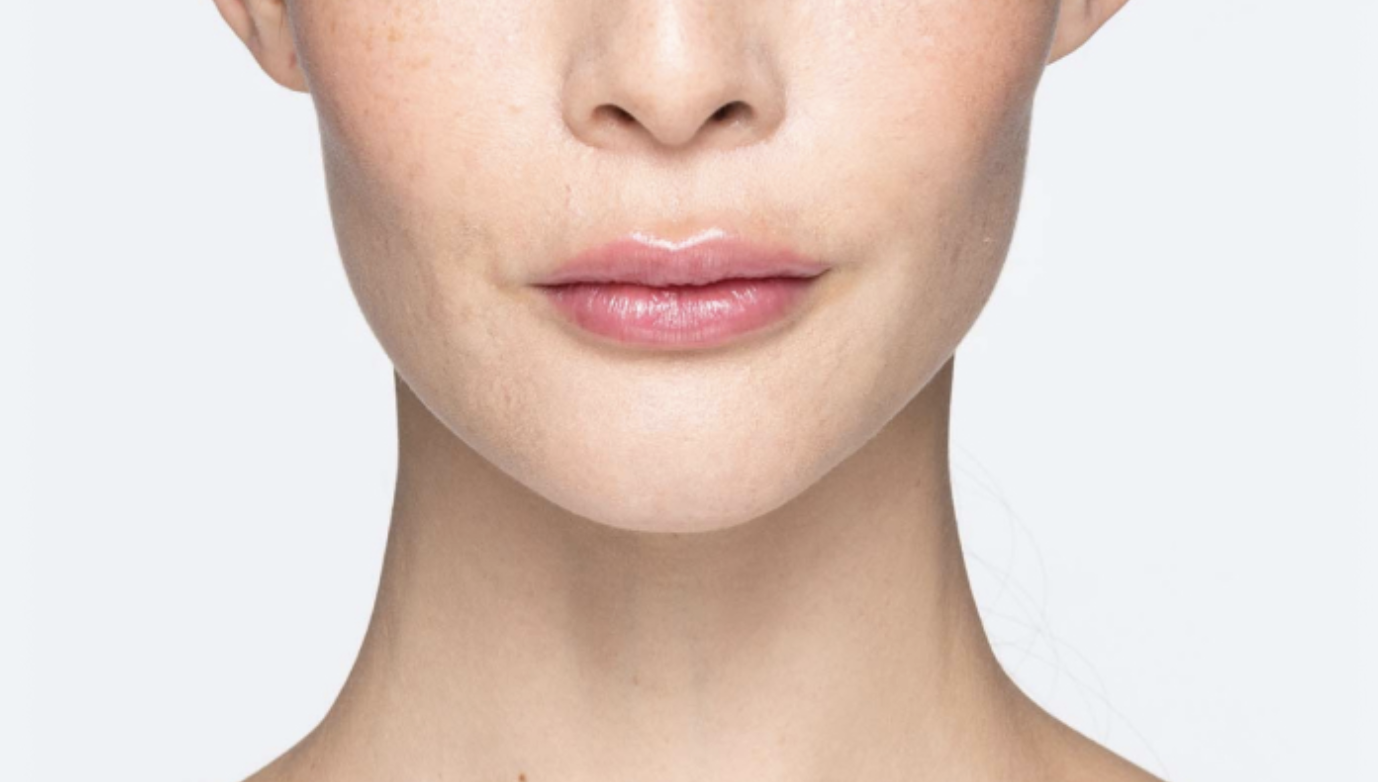
Revanasse treated lips and nasolabial folds. Photo credit: revanesse.com
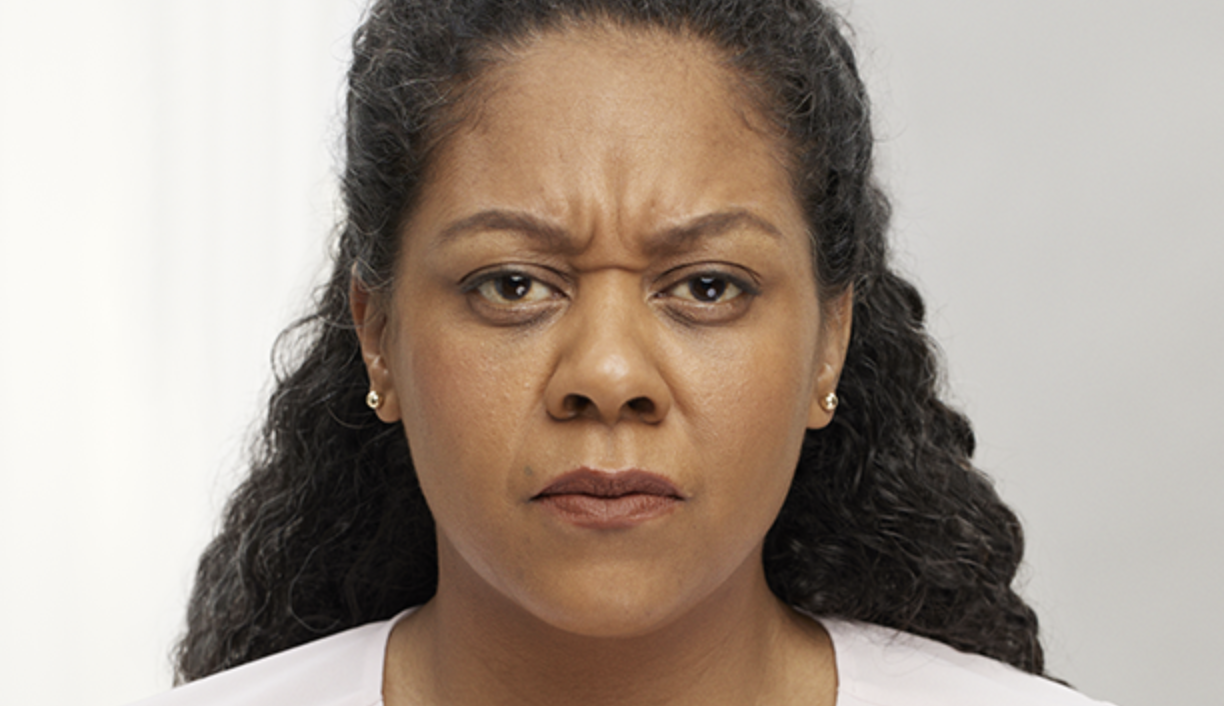
Before Botox for Crow’s Feet, Frown Lines, and Forehead lines. Photo credit: www.botoxcosmetic.com
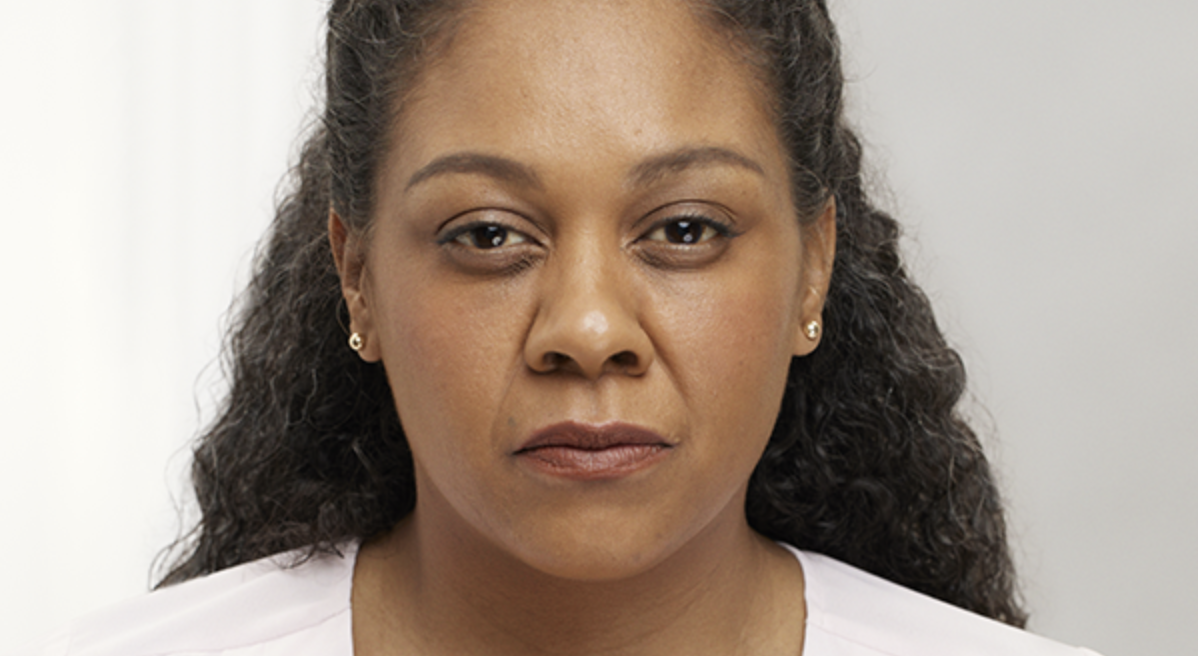
Treated with Botox for Crow’s Feet, Frown Lines, and Forehead lines. Photo credit: www.botoxcosmetic.com
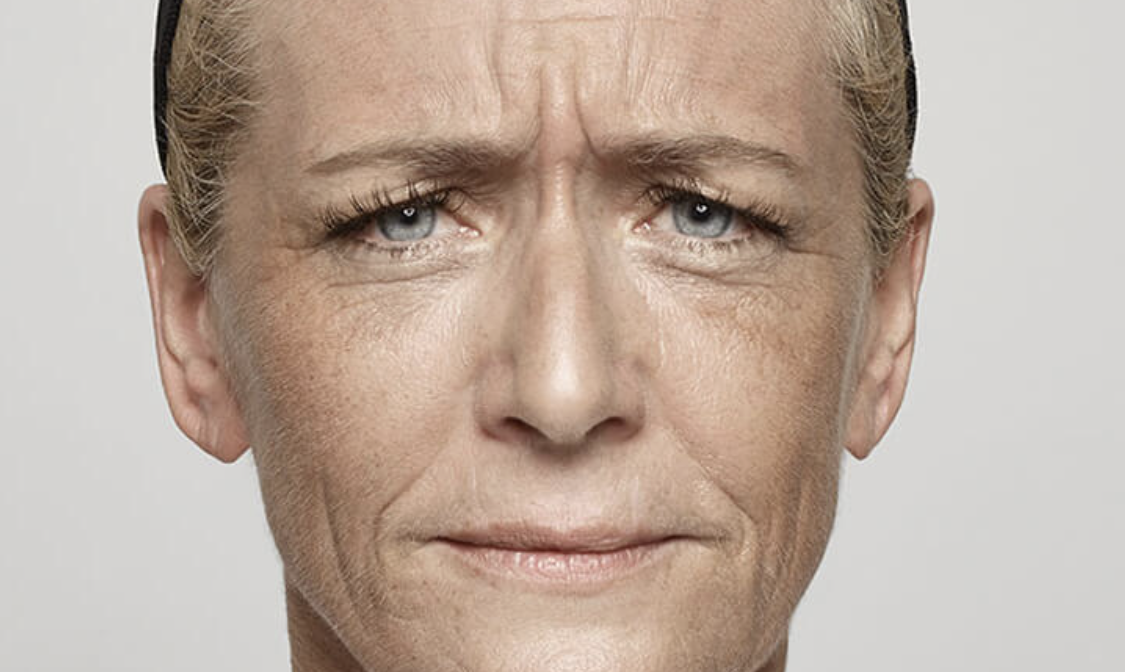
Before Dysport. Photo credit: https://www.dysportusa.com/
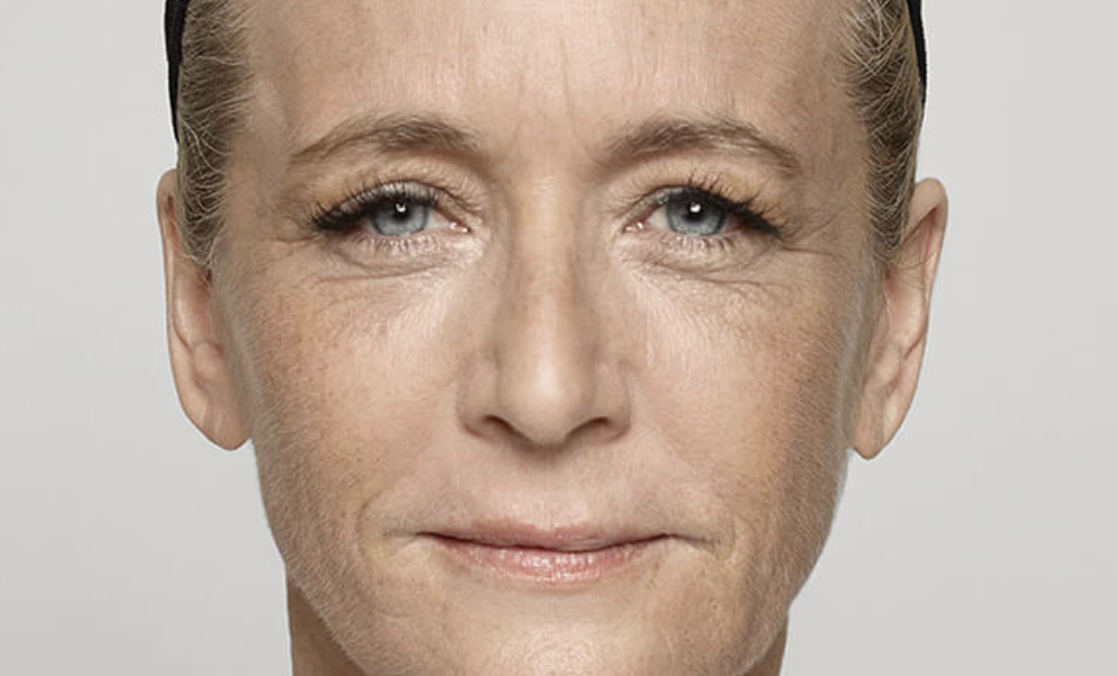
After 50 units of Dysport, Day 14. Photo credit: https://www.dysportusa.com/
There is slight discomfort when injecting anything into the body, whether it is an immunization or cosmetic filler or neurotoxin. We may use numbing creams or apply cold compresses to relieve any discomfort.
There is no downtime after fillers or neurotoxin injections.
Neuromuscular disruptors such as Botox and Dysport take 3-7 days for the body to fully absorb the injection to see results.
Neuromuscular disruptors such as Botox and Dysport last roughly 4-6 months. Each body absorbs and processes injectables differently.
Your experienced injector will recommend the best treatment for your concerns. Generally, Dysport may be the better choice if you need quicker results, are treating larger areas, desire a more natural appearance, have developed resistance to Botox, or prefer a treatment that allows for some muscle movement.
Your experienced injector will recommend the best treatment for your concerns. Generally, Botox may be the better choice if you have small, specific areas you want to target, such as crow’s feet or fine lines on the forehead, Botox’s higher molecular weight can help keep the treatment more localized, preventing it from affecting nearby muscles. If you have used Botox before and were satisfied with the results, it might be best to stick with what you know works for your body.
Filler results are immediate. There will be some redness and swelling. It is advisable to refrain from wearing makeup, excessive exercise, sun exposure, and unnecessary lotions and creams for 24 hours.
Different fillers will interact with different peoples bodies. You can expect your fillers to generally last 6-9 months.
Your aesthetician or injector will know which type of filler is best for your specific skin and aesthetic concerns. The differences may include where you wish to have fillers, for instance you may need a thicker filler for a specific area. Your experienced, trusted Christina Clinc injector will know which will work best for you.









